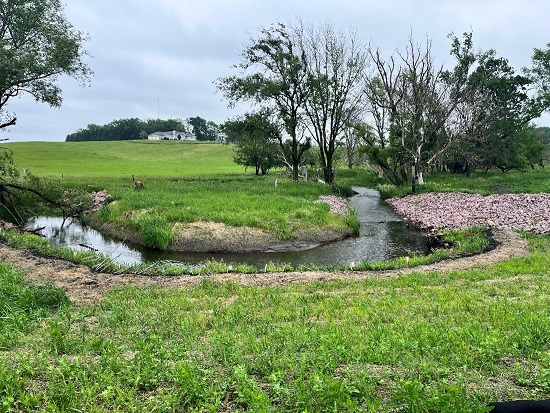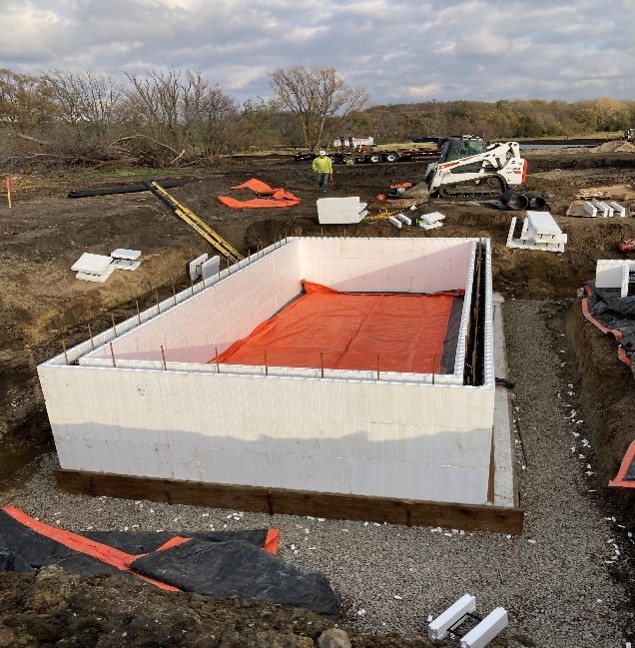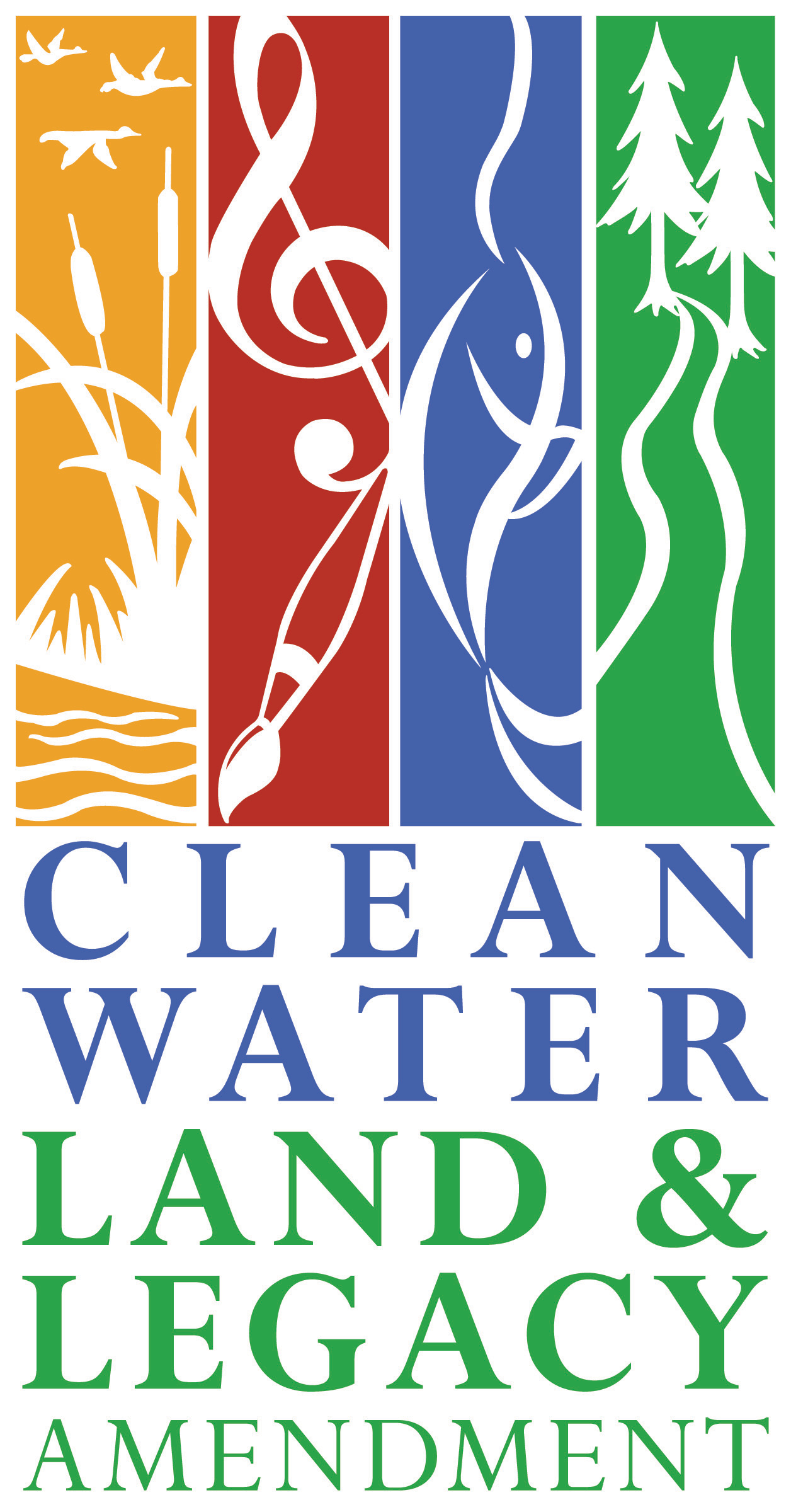Source Water Protection (SWP)
- SWP Home
- Protecting Drinking Water Sources
- SWP Requirements and Recommendations
- SWP Grants
- Groundwater Protection Initiative - Accelerated Implementation Grant
- SWP Awards
- Laws and Rules
- SWP Web Map Viewer
- Surface Water Program
- SWP Reports and Data
- SWP Implementation Resources
- Source Water Assessments
- Stories from the Source
Related Topics
- Water: Business and Government
- Drinking Water Information for Consumers
- Water Testing and Data Reports
- Minnesota Well Index
- Clean Water Fund
Environmental Health Division
Innovative Nitrate Bioreactor in the City of Fairmont’s Wetland Restoration Project
Stories from the source
Fairmont’s drinking water comes from a complex system of lake basins, wetlands, and streams. Dutch Creek is the primary tributary that flows into the lake basins from which Fairmont gets its drinking water. In 2016, the city experienced a nitrate exceedance, which initiated efforts to reduce nitrates entering its water supply. In 2018, Minnesota Department of Health (MDH) started working with Fairmont to update its Source Water Assessment (SWA) and create a Surface Water Intake Protection Plan (SWIPP).
MDH planners Dereck Richter and Amanda Strommer assisted the city of Fairmont with updating its SWA and SWIPP, which brought further attention to the nitrate issue that Fairmont was trying to remedy. The city received a total of $1,390,000 from the Lessard-Sams Outdoor Heritage Council and from the Clean Water Fund to complete a wetland restoration and innovative nitrate bioreactor project.



This project was coordinated by the University of Minnesota to reduce nitrate levels during high water flow events from the main tributary, Dutch Creek. Over the past decade, Minnesota has seen its climate shift to warmer and wetter conditions. The Blue Earth River Watershed is not exempt from this and has resulted in heavy precipitation events over a short amount of time. These periods of high-water flows that typically transport nitrate are diverted into the nitrate bioreactor and nitrate is removed from the water through a denitrification process by microorganisms.
The nitrate bioreactor removes nitrate by increasing the water temperature by six degrees Celsius in early spring by running it through a greenhouse structure before entering the bioreactor. The increased water temperature allows the microorganisms to be more active during spring, allowing denitrification (removal of nitrogen) to occur as the water runs through the wood chip bioreactor earlier than would happen naturally. The microorganisms in the bioreactor use the woodchips (carbon) and transform the nitrate from the water into nitrogen gas, which removes the nitrate from the water. The water is then drained into the restored wetland and then filters through the wetland back into the Dutch Creek.
This innovative approach of using a nitrate bioreactor and restoring wetlands has the potential to be an invaluable tool in protecting public health through drinking water.
